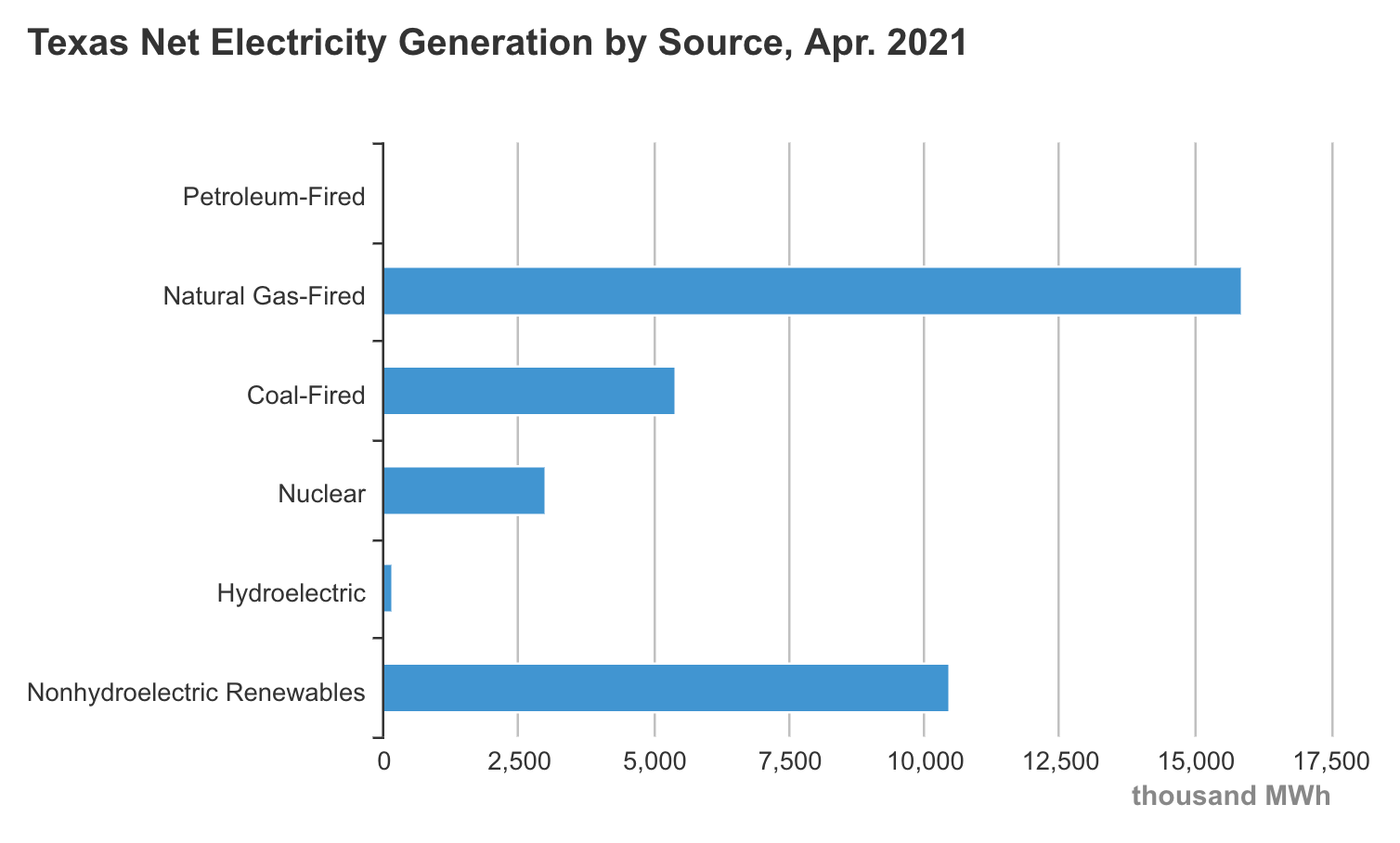After suffering from a deadly winter storm causing power outages lasting days in February and the need for conservation from summer heat in June, Texas is finally dealing with the issue of unreliable wind and solar power. Texas Governor Greg Abbott directed that the Texas Public Utility Commission take steps to increase the amount of electricity produced in Texas, by providing incentives for the construction and maintenance of natural gas, coal, and nuclear power. Abbott also directed the utility commission to begin assessing “reliability costs,” which could take the form of fines, to power plants “that cannot guarantee their own availability, such as wind or solar power.” Concerns have been growing for some time that Texas, with growing amounts of inherently intermittent energy, was becoming vulnerable to reliability issues stemming from intermittency.
Abbott also called on the utility commission to create maintenance schedules for natural gas, coal, nuclear and other non-renewable power plants and ordered its main grid operator to speed up the development of power line projects that create additional connectivity between new power plants and areas lacking reliable access to power. Further, Abbott called on the Public Utility Commission to direct the state’s main grid operator, the Electric Reliability Council of Texas (ERCOT), to better schedule when power plants are offline, which contributed to ERCOT asking Texans to turn their thermostats up to 78 degrees for a week during a heatwave to conserve energy after some power plants unexpectedly went offline in June. Texans were asked to turn up their thermostats after 12,000 megawatts (about 15 percent) of power generation went offline, forcing ERCOT to dip into reserve sources and to issue a conservation warning that lasted 5 days. Electricity demand had reached a record high, breaking a 3-year-old record.
According to Abbott, “The objective of these directives is to ensure that all Texans have access to reliable, safe, and affordable power, and that this task is achieved in the quickest possible way.”
“Through clear communication, transparency, and implementation of these critical changes, the PUC and ERCOT can regain the public’s trust, restore ERCOT’s status as a leader in innovation and reliability, and ensure Texans have the reliable electric power they expect and deserve.”
Abbott’s directive comes after the Texas Legislature had passed several laws, including orders for more timely communication, requiring power generators to better withstand extreme weather and labeling power generators as “critical” infrastructure to keep them from having their power shut off during rolling blackouts.
Texas Generation Mix
Texas produces more electricity than any other state, generating almost twice as much as Pennsylvania and Florida, the second and third-highest electricity-producing states. Texas leads the nation in wind-powered generation, producing about 28 percent of all U.S. wind-powered electricity in 2020. Wind power surpassed the state’s nuclear generation for the first time in 2014 and produced more than twice as much electricity as the state’s two nuclear power plants combined in 2020. In March 2021, Texas generated 40 percent of its electricity from natural gas, 14.5 percent from coal, 10 percent from nuclear, 0.5 percent from hydropower, and 35 percent from non-hydro renewables, mainly wind and solar power.
Texas has more wind capacity than any other state. At the end of 2020, Texas had 30,224 megawatts of wind capacity—almost triple the wind capacity in Iowa, the state with the second-largest amount of wind capacity–and 4,931 megawatts of utility-scale solar capacity.

Conclusion
Texas has recognized the effect that wind and solar power is having on the reliability of its grid through the February cold spell and the record-breaking temperatures in June and is taking steps to fix the problem, though none of Abbott’s directives will result in a quick fix to a state whose population and economy are growing and demanding more electricity.
California, on the other hand, has had rolling blackouts due to extreme temperatures and still expects to rely on rationing and neighboring states to supply the excess power that it needs. California’s directive is to rely totally on renewable energy by 2045 when the state is expected to reach net-zero carbon emissions in its generating sector. Unfortunately, the state is still trying to rid itself of its last nuclear power plant with Diablo Canyon’s two nuclear reactors that release no carbon dioxide retiring in 2024 and 2025. Its nuclear power plant generates about 10 percent of the state’s power—similar to nuclear power’s generation level in Texas.



